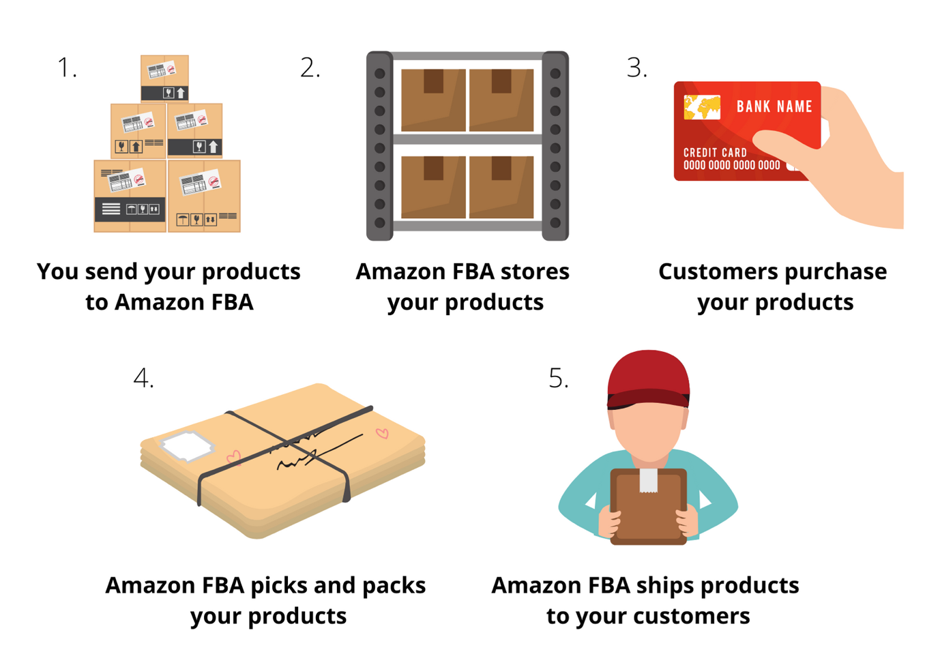The U.S. and China have reached a temporary agreement to reduce tariffs, providing relief to global markets and businesses. As of May 2025, the U.S. will lower additional tariffs on Chinese imports from 145% to 30%, while China will reduce duties on U.S. goods from 125% to 10% for the next 90 days. This development has sparked optimism in financial markets, with major U.S. stock indices rallying sharply.
For logistics companies like MBMLOG, these changes present both opportunities and challenges. While reduced tariffs may ease some supply chain pressures, the temporary nature of the deal means businesses must remain agile. In this blog, we’ll analyze the latest tariff adjustments, their impact on global logistics, and how MBMLOG can help clients navigate this evolving trade landscape.
Key Updates on US-China Tariff Reductions
1. Temporary Tariff Cuts for 90 Days
- U.S. tariffs on Chinese goods drop from 145% to 30% (previously imposed in April 2025).
- China’s tariffs on U.S. imports decrease from 125% to 10%.
- The agreement includes a rollback of some non-tariff barriers, though details remain unclear.
2. Market Reactions & Economic Outlook
- Stock markets surged, with the S&P 500, Nasdaq, and Dow Jones posting their biggest single-day gains since early April.
- إن CBOE Volatility Index (VIX), a key measure of market uncertainty, dropped below 20 for the first time since March.
- ومع ذلك, long-term concerns persist—if no permanent deal is reached, tariffs could rise again after 90 days, disrupting supply chains.
3. Political & Trade Policy Uncertainty
- The U.S. administration has a history of imposing and rescinding tariffs abruptly, making long-term planning difficult.
- Businesses must prepare for potential policy shifts, especially as geopolitical tensions (e.g., U.S.-Middle East relations) could influence trade dynamics.
Impact on the Logistics Industry
1. Short-Term Relief for Importers & Exporters
- Lower tariffs mean reduced costs for businesses shipping between the U.S. and China.
- Increased trade volumes are expected as companies rush to move goods before the 90-day window ends.
- Air and ocean freight demand may rise, leading to tighter capacity and potential rate increases.
2. Supply Chain Adjustments
- Companies that shifted production to Southeast Asia or Mexico due to high tariffs may now reconsider China sourcing.
- Inventory strategies may shift—some firms may stockpile goods before tariffs potentially reset.
- Just-in-time (JIT) supply chains could face disruptions if tariffs fluctuate unpredictably.
3. Long-Term Risks & Contingency Planning
- No permanent deal yet—businesses must prepare for possible tariff reinstatement after 90 days.
- Diversification remains critical—relying solely on U.S.-China trade lanes is risky.
- Customs delays and compliance checks could increase as authorities adjust to new policies.
How MBMLOG Can Help Clients Adapt
1. Flexible Supply Chain Solutions
- Nearshoring options: For U.S.-based companies, we facilitate faster shipping from Mexico or Canada to avoid tariff risks.
2. Optimized Shipping & Cost Management
- Tariff engineering: We assist in classifying goods under lower-duty HS codes where legally permissible.
- Consolidation services: Combining smaller shipments into full-container loads (FCL) to reduce per-unit costs.
- Air vs. ocean freight analysis: We provide cost-benefit assessments based on tariff timelines and urgency.
3. Proactive Customs & Compliance Support
- Real-time tariff monitoring: Our team tracks policy changes to ensure clients avoid unexpected fees.
- Duty drawback programs: We help recover tariffs paid on re-exported goods.
- Automated customs clearance: Leveraging AI-driven documentation to speed up border crossings.
4. Inventory & Warehouse Strategies
- Bonded warehouses & FTZs: Storing goods in tariff-free zones to defer duties until final delivery.
- Demand forecasting: Using data analytics to align inventory with potential tariff changes.
Conclusion: Staying Ahead in a Volatile Trade Environment
The latest U.S.-China tariff reductions provide temporary relief but underscore the need for agile, diversified logistics strategies. At MBMLOG, we help clients mitigate risks, optimize costs, and maintain seamless supply chains amid ongoing trade uncertainties.
Key Takeaways for Businesses:
✔ Act now—take advantage of lower tariffs in the next 90 days.
✔ Diversify suppliers—reduce reliance on any single trade lane.
✔ Leverage logistics expertise—partner with MBMLOG for tariff-optimized shipping solutions.
For a customized logistics strategy tailored to your business needs, contact MBMLOG today. Let’s navigate these changes together and keep your supply chain moving efficiently.






